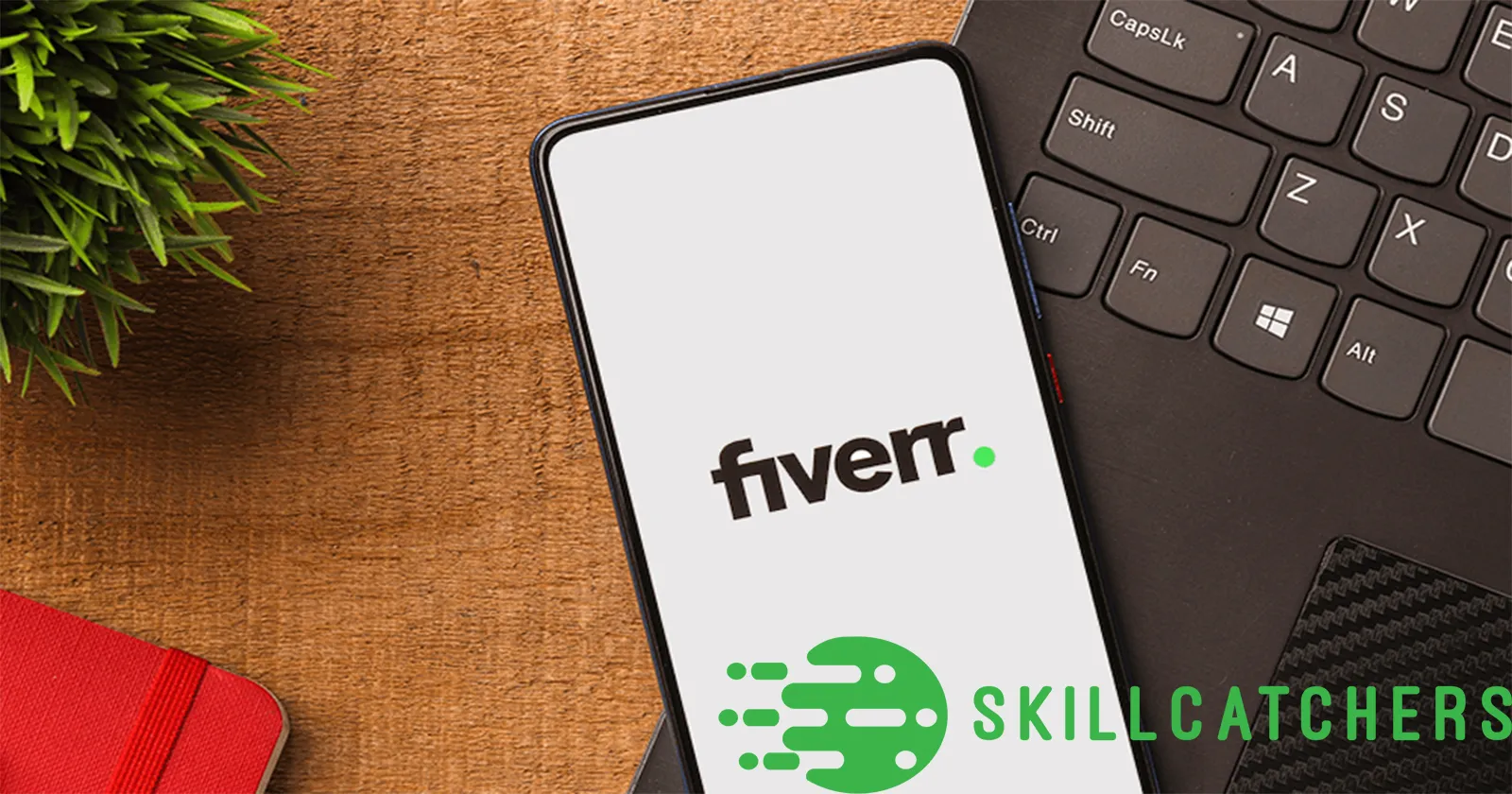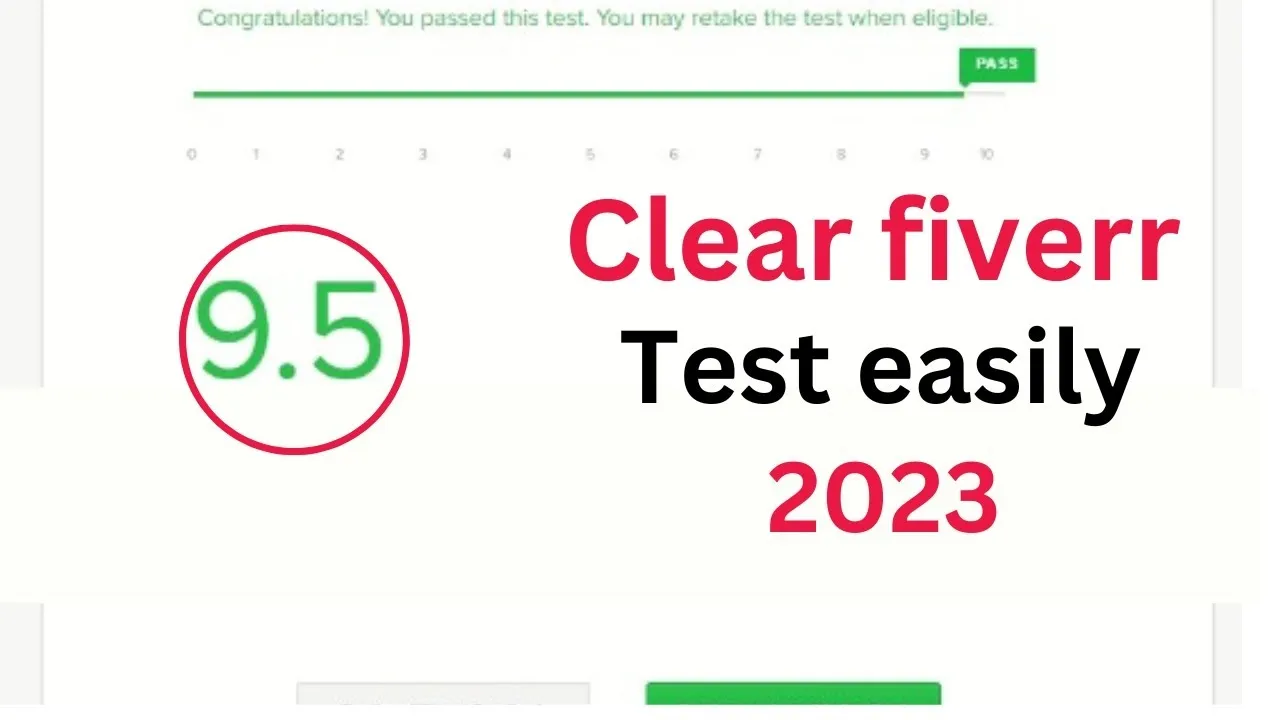In the fast-paced world of online services, Fiverr stands out as a marketplace where you can buy and sell various digital products, including website traffic. However, not all traffic is created equal, and it's crucial to distinguish genuine traffic from fake or low-quality sources. In this blog post, we’ll explore effective methods to test if the traffic you’re getting on Fiverr is real, ensuring you invest in quality services that provide real value to your business.
Understanding Traffic Quality

When diving into the world of online traffic, it’s essential to differentiate between quality and quantity. Just because you see a spike in the number of visitors doesn’t mean that those visitors are beneficial to your website. Here are some key points to consider:
- Source of Traffic: Where is the traffic coming from? Quality traffic usually comes from reputable or relevant sources. If it’s coming from bots or random websites, it’s likely to be fake.
- Engagement Metrics: Look for how visitors interact with your site. Are they bouncing quickly, or are they spending time engaging with content? Low bounce rates and high time-on-page are indicators of quality traffic.
- Demographics: Who is visiting your site? Targeted traffic should align with your audience demographics. Check if the traffic matches the characteristics of your potential customers.
To dive deeper into what makes traffic genuine, let's consider a few additional factors:
| Factor | Quality Traffic | Fake Traffic |
|---|---|---|
| Visitor Behavior | Engaged with multiple pages, returning visits | High bounce rate, few pages viewed |
| Geography | Relevant to your target market | Irrelevant locations or all over the place |
| Referral Sources | Legitimate websites, social media, search engines | Spammy sites, bots, or unrelated platforms |
Understanding these elements can help you make informed decisions and ensure your investment in web traffic elevates your project’s performance rather than detracting from it. Remember, quality over quantity is the name of the game!
Also Read This: How Easy Is It to Make Money on Fiverr?
Signs of Fake Traffic

When you're navigating the bustling world of Fiverr services, one of the biggest concerns you might have is the authenticity of traffic. After all, real traffic brings real benefits, and nobody wants to waste their hard-earned money on fake clicks and visits. Here are some glaring signs of fake traffic to keep an eye out for:
- Unusual Traffic Spikes: If you see sudden spikes in your analytics, especially from sources that don’t align with your normal traffic patterns, it could be a red flag. Genuine growth usually happens gradually.
- High Bounce Rate: A website that garners real interest will typically see visitors engaging with the content. If your bounce rate is exceedingly high (over 70%), it may indicate that the traffic is not genuine.
- Low Session Duration: If visitors are leaving your site almost immediately without interacting, it points toward superficial traffic. Real users take the time to explore.
- Fake Referrers: If your analytics show visits from suspicious referrers or locations that don't match your target audience, this is a clear indication of fake traffic.
- Inconsistent Engagement: If you notice that while traffic numbers are up, likes, shares, and comments are not, your audience might not be real. Engagement must correlate with the number of visits.
Always keep an eye out for these signs, as they can save you from potential pitfalls in your marketing strategy.
Also Read This: How Much Freelance Videographers Typically Make
Tools and Methods for Testing Traffic

So, you've become vigilant about spotting the signs of fake traffic. But are there any tools or methods to help you confirm your suspicions? Absolutely! Here’s a rundown of some reliable tools and methods that can help you test whether the traffic you're getting is the real deal:
- Google Analytics: A classic choice, Google Analytics offers deep insights into traffic sources, bounce rates, and user behavior. Dive into demographics and location data to spot anomalies.
- SEMrush: This all-in-one tool helps you analyze organic search traffic and identify any spiky increases that could hint at manipulated traffic.
- ClickGuard: This specialized tool offers click fraud protection and helps you monitor for suspicious activity, particularly if you’re running ads.
- SimilarWeb: It provides a comprehensive overview of traffic sources, allowing you to compare referral traffic and ways to optimize your site.
- Website Auditor: This tool can analyze your site's structure and identify possible red flags that could indicate fake traffic sources.
In addition to these tools, consider user feedback and social signals. Genuine traffic often comes with genuine engagement. Don't hesitate to conduct surveys or even ask your followers directly. Real traffic creates a community, while fake traffic merely inflates numbers. With these methods at your disposal, you'll be well-equipped to evaluate the value of your traffic effectively.
Also Read This: How to Change Display Name in Fiverr
5. Analyzing Traffic Sources

When you're purchasing traffic from Fiverr or any platform, one critical step is analyzing where that traffic is coming from. It's like casting a fishing line - you want to know if you're getting fish from a clean lake or murky waters!
Here are some key points to consider:
- Look for Source Transparency: Legitimate traffic sellers will provide detailed information about their traffic sources. They should have no qualms sharing whether the traffic is from social media, search engines, or direct referrals.
- Google Analytics: If you’re monitoring traffic on your own site, use tools like Google Analytics to track where your traffic is coming from after you’ve made the purchase. Are the visits from unique users, or are they being generated from bots?
- Referrals and IP Address Checks: Consider checking the IP addresses of incoming traffic. Genuine traffic will generally come from a wide range of IPs rather than a single source or a handful of them.
Don't forget about geographic location! It can be telling if most of your traffic is coming from countries where you're not targeting. Use the data you gather not just as a snapshot, but as a trend over time. If traffic sources seem inconsistent or untrustworthy, it's a red flag that you might be dealing with fake traffic.
Also Read This: Is Fiverr Amazon Product Research Worth It?
6. Best Practices for Fiverr Sellers
As a Fiverr seller, it’s crucial to build and maintain your credibility, especially when it comes to selling traffic services. Here are some best practices to help you stand out and ensure your offerings are both legitimate and effective:
- Provide Clear Descriptions: Ensure that you fully detail what buyers can expect. Transparency builds trust.
- Use Authentic Testimonials: Show proof of past sales and include authentic testimonials. If customers are happy with your service, they’re more likely to recommend you.
- Avoid Overpromising: Be realistic about what your service can deliver. Avoid language like “instant results” or “guaranteed sales.”
- Stay Updated: Online marketing is ever-evolving. Make sure you're using the latest strategies and traffic sources that are proven to work.
- Engage with Buyers: Communication goes a long way! Be responsive to queries and provide updates on the services sold.
Following these best practices ensures that not only will you attract more customers, but you'll also build a strong reputation that stands the test of time. Remember, a satisfied customer is the best form of advertisement!
How to Test if Traffic is Fake on Fiverr
When using Fiverr to buy traffic for your website, it’s crucial to ensure that the traffic you're paying for is genuine. Fake traffic can harm your site's reputation, skew your analytics, and lead to lost revenue. Here are some effective methods to determine if the traffic you are considering is real or fake.
*1. Analyze Traffic Sources:
- Check the supplier's advertisements for traffic sources.
- Look for vendors that provide detailed information on where the traffic originates.
2. Monitor Engagement Metrics:
- Use tools like Google Analytics to track user behavior.
- Genuine traffic usually results in metrics such as:
- Low Bounce Rate: Users stay longer on your site.
- High Session Duration: Users engage with your content.
- Low Pages Per Session: Indicates genuine exploration of your site.
- Conversions: Real traffic should lead to some form of conversion.
3. Look for Reviews and Ratings:
- Examine feedback from previous clients on Fiverr.
- High ratings and positive testimonials can indicate reliability.
4. Test the Traffic:*
- Run a small test campaign to gauge the performance of the traffic.
- Watch for spikes in activity and track user behavior closely.
In summary, testing traffic authenticity on Fiverr involves analyzing the sources, monitoring engagement metrics, checking reviews, and conducting test campaigns. By employing these methods, you can protect your investment and ensure you are receiving real, valuable traffic to your site.



